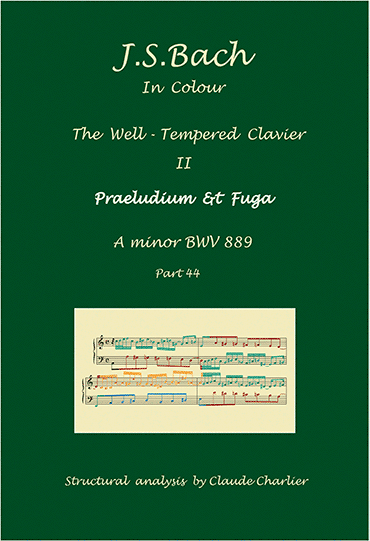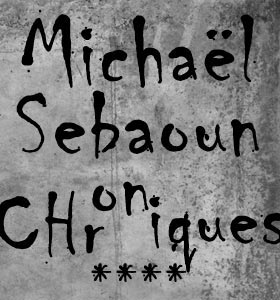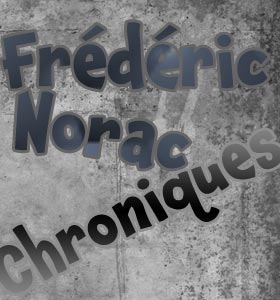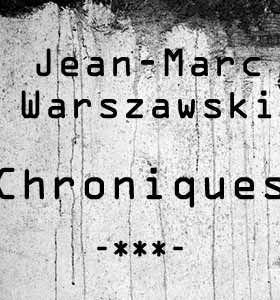J.- S. Bach In Colour : The Well-Tempered Clavier II, BWV 870-893

The Well-Tempered Clavier I, BWV 846-869
A coloured edition, analysed and defended according to the criteria that were in use during the eighteenth century. Structural analysis by Claude Charlier. Previously published : The Inventions, The Sinfoniae, The book: “For an alternative reading of the Well-Tempered Clavier”. © Edition BEC F 2015, Claude Charlier. All rights reserved.
Bach in colour
This new collection presents an edition of J.S. Bach's essential works. It is a very original edition for more than one reason. Firstly, it is the very first musical edition in which the analysis is fully presented with colours. Secondly, its bases are set following the contrapuntal rules that were in application during the eighteenth cen- tury, so it resettles Bach's work in a true and faithful historical background.
Claude Charlier, Doctor in Philosophy and Letters (Musicology) in the Université Libre de Bruxelles, defends here a polythematic conception of Bach's work, related to the final development of his musical legacy: the triple fugue in the Art of fugue.
Remarks
Although musical analysis is not an exact science, it is still possible to show that one analysis technique is more rational and more historically appropriate than another and that it fits logically in with the type of composition we want to look at. Obviously there are certain points of detail which are always open to discussion. I make no claims to a note-by-note analysis; this is a polythematic, structural analysis which shows and dismantles the architecture of J.S. Bach's fugues.
His works are extremely complex and, especially in analytical terms, this complexity leads to an imbro- glio in the use of a number of terms such as subject, countersubject, motif, episode, divertimento, etc. For reasons of clarity I shall always be using the same terminology for the whole of the collection, at least on the technical data sheets. The term subject is only used for the theme(s) which make up the start of the work, in other words the exposition. All of the other themes which appear during the course of the composition are called counterpoints.
In my analysis, each theme is represented by a specific colour. Notes shown in two colours relate only to thematic counterpoints. The thematic variants, passing notes, ornaments and grace notes remain in black. When the themes are in an uninterrupted succession in a single voice, I have sometimes – based on the Well- Tempered Clavier – underlined this usual compositional feature with a little reference mark.
The complette Book 2

The complete Book 2. : 95 €. Sent via email after payment. The partition is 16 Mb. In case of problem, it will be sent in three files (3 booklets) according to the model of the Busoni edition (3 x 8).
Separate Scores
Each : 5 euros, Email Delivery
 Praeludium & Fuga in C Major BWV 870 (II, 1 ; 25)
Praeludium & Fuga in C Major BWV 870 (II, 1 ; 25)
 Praeludium & Fuga in c minor BWV 871 (II, 2 ; 26)
Praeludium & Fuga in c minor BWV 871 (II, 2 ; 26)
 Praeludium & Fuga in C♯Major BWV 872 (II, 3 ; 27)
Praeludium & Fuga in C♯Major BWV 872 (II, 3 ; 27)
 Praeludium & Fuga in c♯minor BWV 873 (II, 4 ; 28)
Praeludium & Fuga in c♯minor BWV 873 (II, 4 ; 28)
 Praeludium & Fuga in D Major BWV 874 (II, 5 ; 29)
Praeludium & Fuga in D Major BWV 874 (II, 5 ; 29)
 Praeludium & Fuga in d minor BWV 875 (II, 6 ; 30)
Praeludium & Fuga in d minor BWV 875 (II, 6 ; 30)
 Praeludium & Fuga in E♭Major, BWV 876 (II, 7 ; 31)
Praeludium & Fuga in E♭Major, BWV 876 (II, 7 ; 31)
 Praeludium & Fuga in d ♯ minor, BWV 877 (II, 8 ; 32)
Praeludium & Fuga in d ♯ minor, BWV 877 (II, 8 ; 32)
 Praeludium & Fuga in E Major, BWV 878 (II, 9 ; 33)
Praeludium & Fuga in E Major, BWV 878 (II, 9 ; 33)
 Praeludium & Fuga in e minor, BWV 879 (II, 10 ; 34)
Praeludium & Fuga in e minor, BWV 879 (II, 10 ; 34)
 Praeludium & Fuga in F Major, BWV 880 (II, 11 ; 35)
Praeludium & Fuga in F Major, BWV 880 (II, 11 ; 35)
 Praeludium & Fuga in f minor, BWV 881 (II, 12 ; 36)
Praeludium & Fuga in f minor, BWV 881 (II, 12 ; 36)
 Praeludium & Fuga in F♯Major, BWV 882 (II, 13 ; 37)
Praeludium & Fuga in F♯Major, BWV 882 (II, 13 ; 37)
 Praeludium & Fuga in f♯minor, BWV 883 (II, 14 ; 38)
Praeludium & Fuga in f♯minor, BWV 883 (II, 14 ; 38)
 Praeludium & Fuga in G Major, BWV 884 (II, 15 ; 39)
Praeludium & Fuga in G Major, BWV 884 (II, 15 ; 39)
 Praeludium & Fuga in g minor, BWV 885 (II, 16 ; 40)
Praeludium & Fuga in g minor, BWV 885 (II, 16 ; 40)
 Praeludium & Fuga in A♭ Major, BWV 886 (II, 17 ; 41)
Praeludium & Fuga in A♭ Major, BWV 886 (II, 17 ; 41)
 Praeludium & Fuga in g♯ minor, BWV 887 (II, 18 ; 42)
Praeludium & Fuga in g♯ minor, BWV 887 (II, 18 ; 42)
 Praeludium & Fuga in A Major, BWV 888 (II, 19 ; 43)
Praeludium & Fuga in A Major, BWV 888 (II, 19 ; 43)
 Praeludium & Fuga in A minor, BWV 889 (II, 20 ; 44)
Praeludium & Fuga in A minor, BWV 889 (II, 20 ; 44)
 Praeludium & Fuga in B♭Major, BWV 890 (II, 21 ; 45)
Praeludium & Fuga in B♭Major, BWV 890 (II, 21 ; 45)
 Praeludium & Fuga in b♭minor, BWV 891 (II, 22 ; 46)
Praeludium & Fuga in b♭minor, BWV 891 (II, 22 ; 46)
 Praeludium & Fuga in B Major, BWV 892 (II, 23 ; 47)
Praeludium & Fuga in B Major, BWV 892 (II, 23 ; 47)
 Praeludium & Fuga in b minor, BWV 892 (II, 24 ; 48)
Praeludium & Fuga in b minor, BWV 892 (II, 24 ; 48)




 À propos - contact |
S'abonner au bulletin
| Biographies de musiciens | Encyclopédie musicale | Articles et études | La petite bibliothèque | Analyses musicales | Nouveaux livres | Nouveaux disques | Agenda | Petites annonces | Téléchargements | Presse internationale | Colloques & conférences | Collaborations éditoriales | Soutenir musicologie.org.
À propos - contact |
S'abonner au bulletin
| Biographies de musiciens | Encyclopédie musicale | Articles et études | La petite bibliothèque | Analyses musicales | Nouveaux livres | Nouveaux disques | Agenda | Petites annonces | Téléchargements | Presse internationale | Colloques & conférences | Collaborations éditoriales | Soutenir musicologie.org.
Musicologie.org 56 rue de la Fédération, 93100 Montreuil, ☎ 06 06 61 73 41.
ISNN 2269-9910.

Dimanche 13 Avril, 2025


